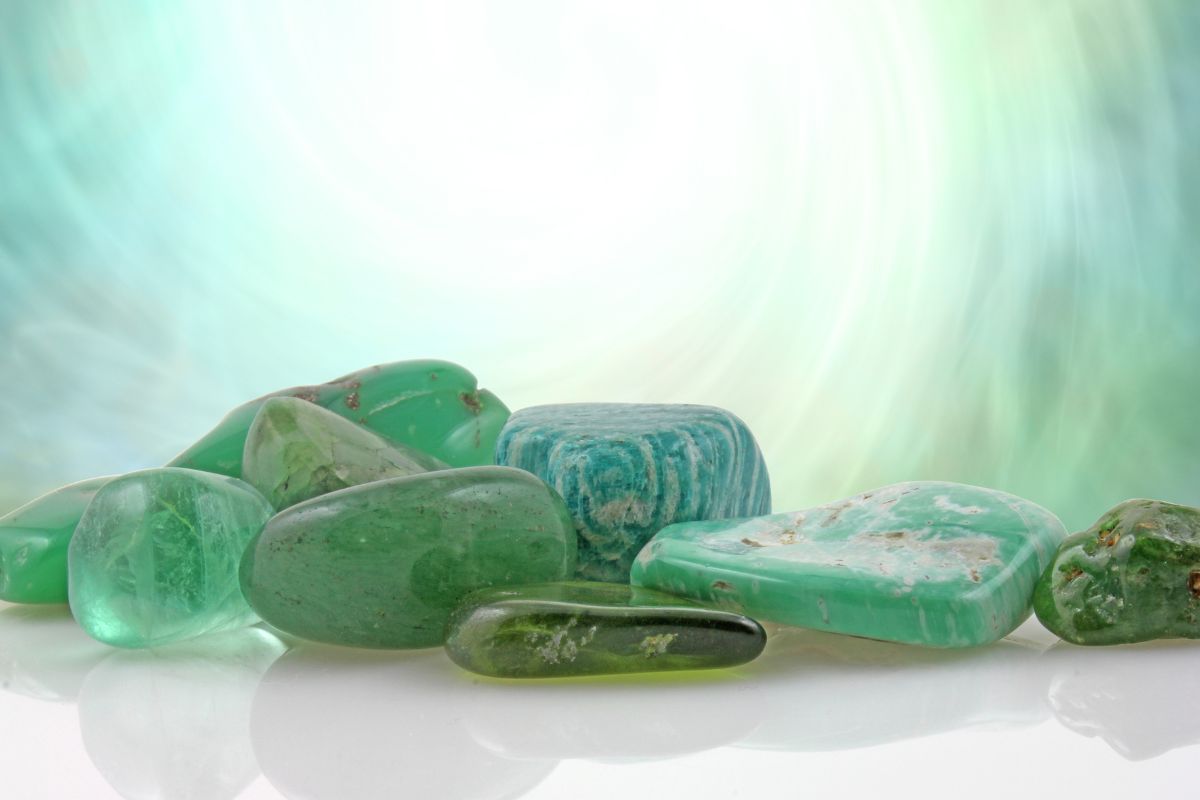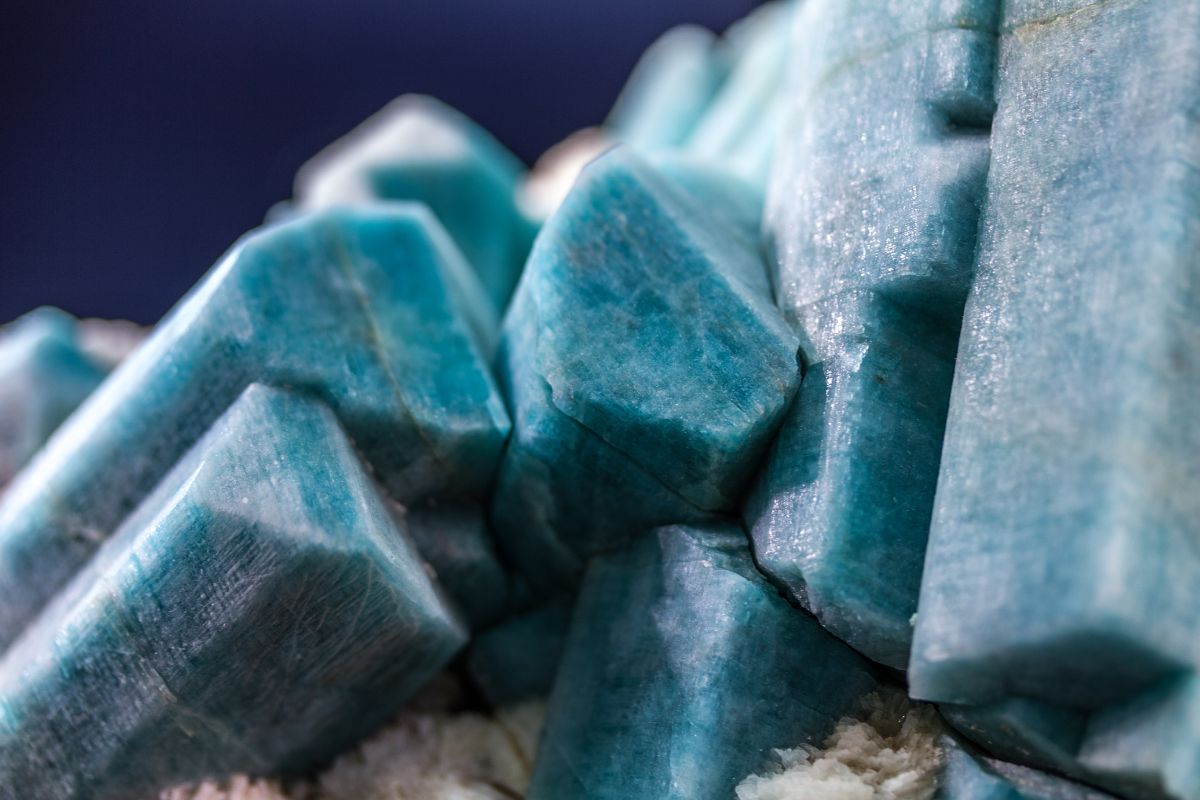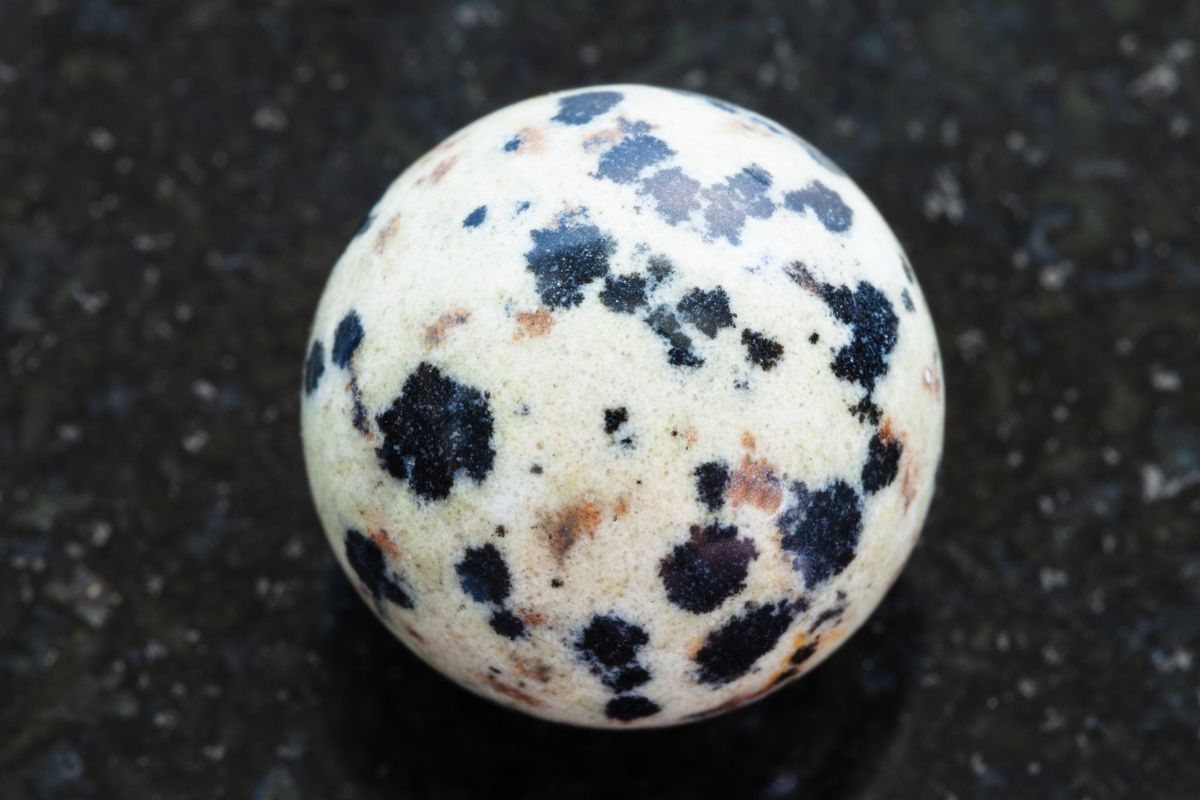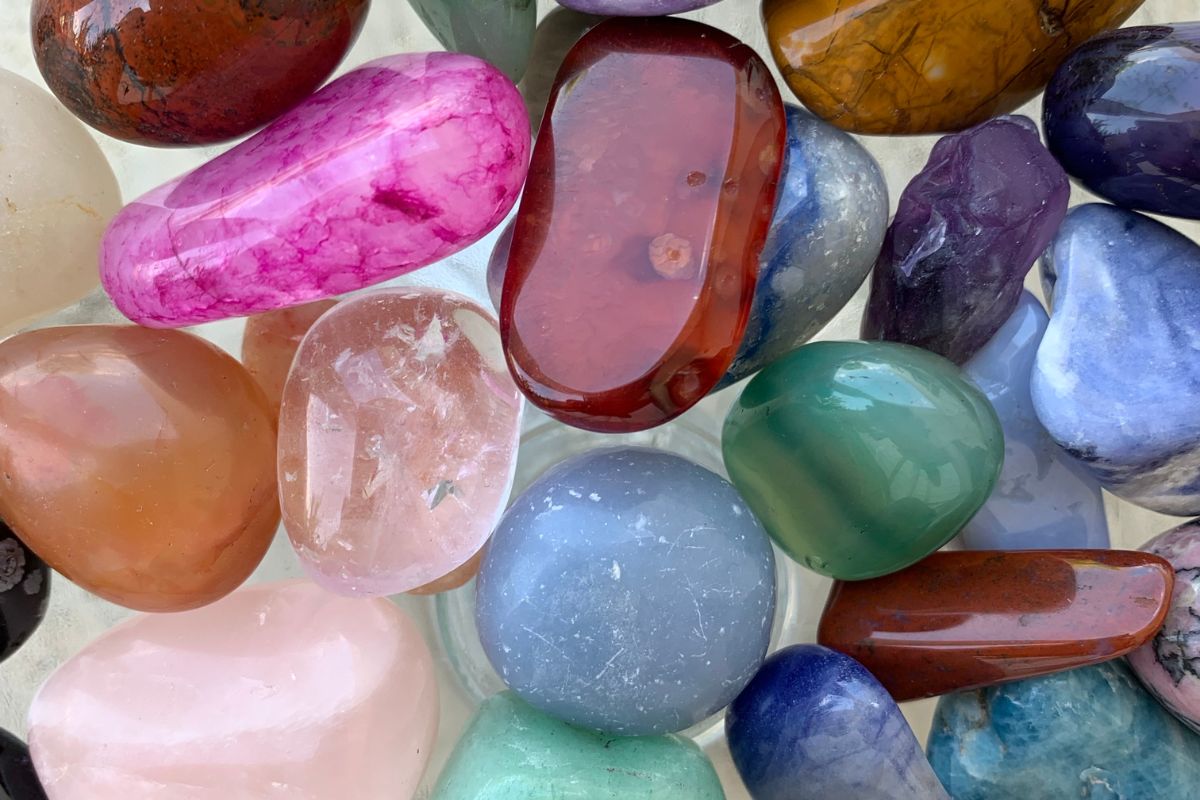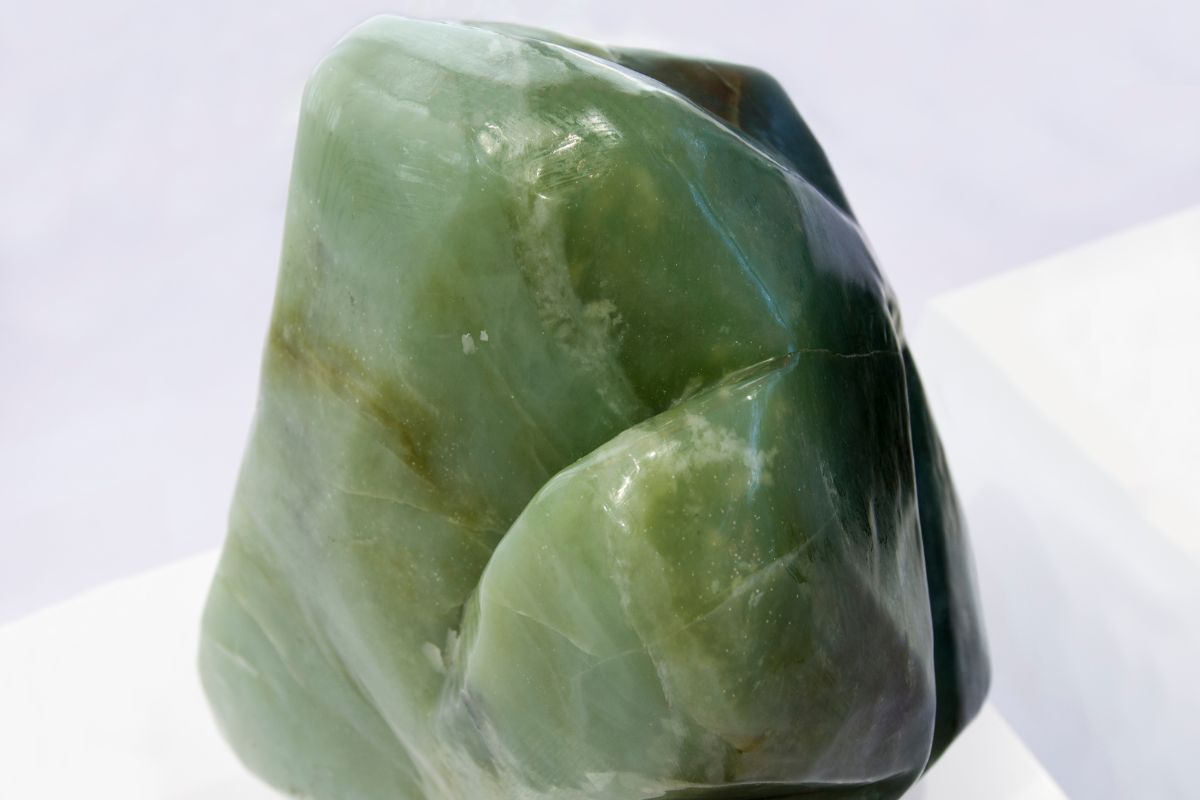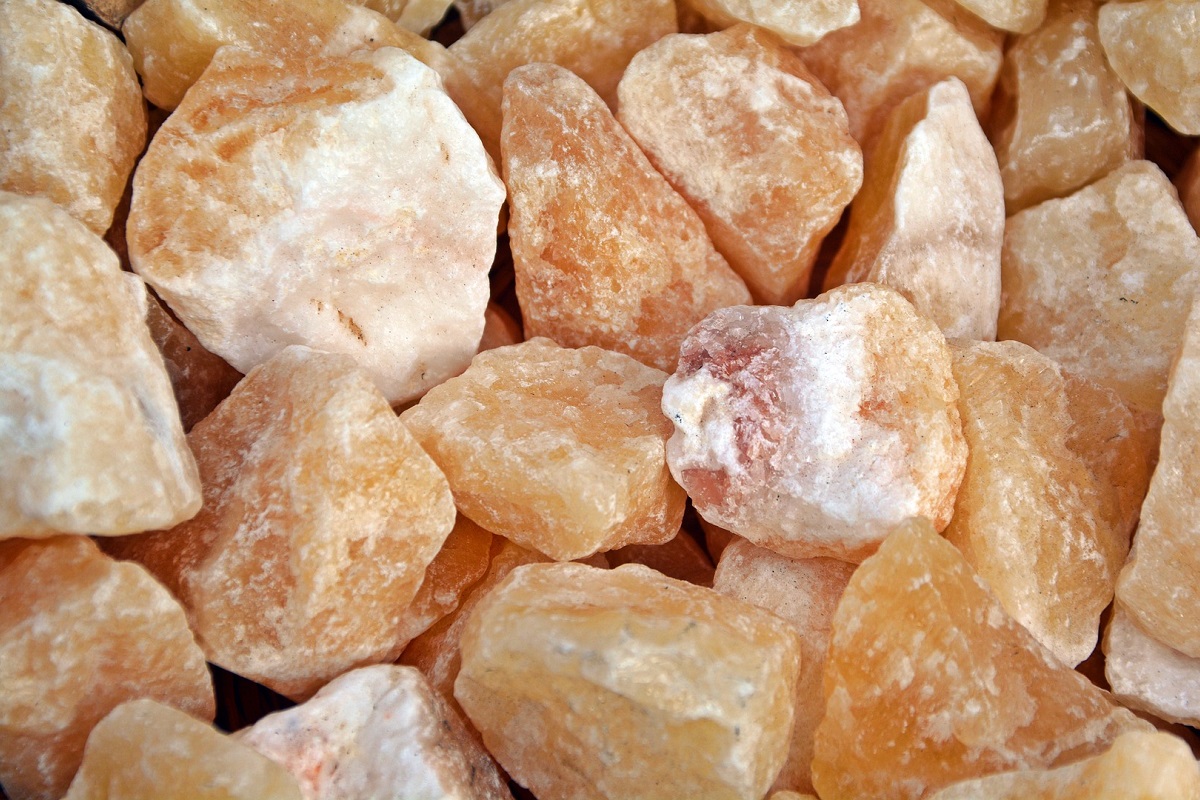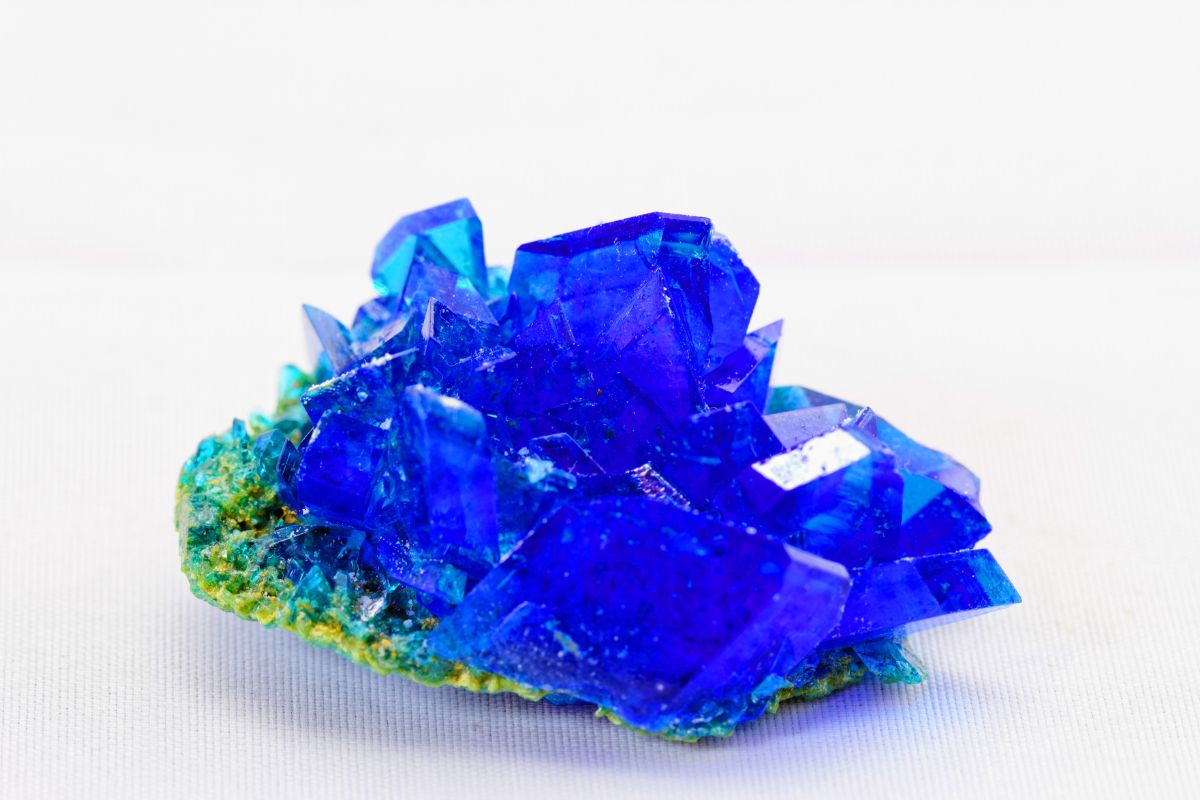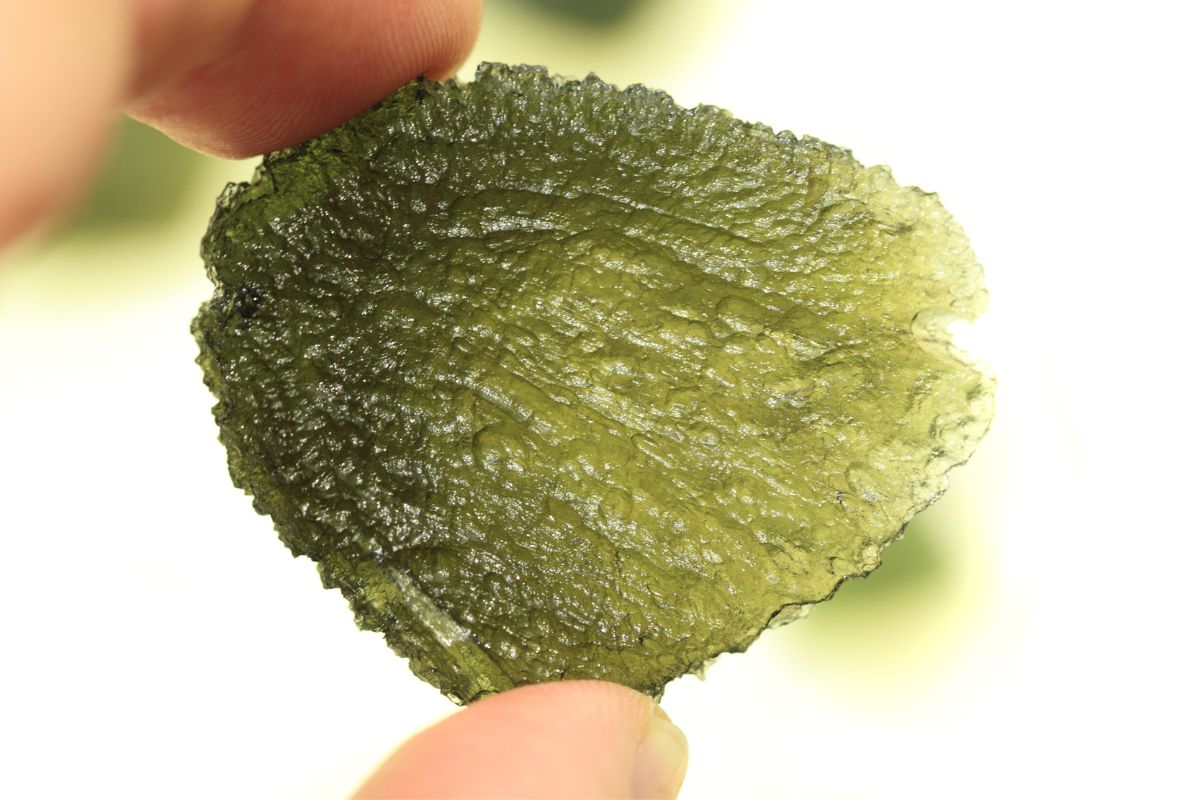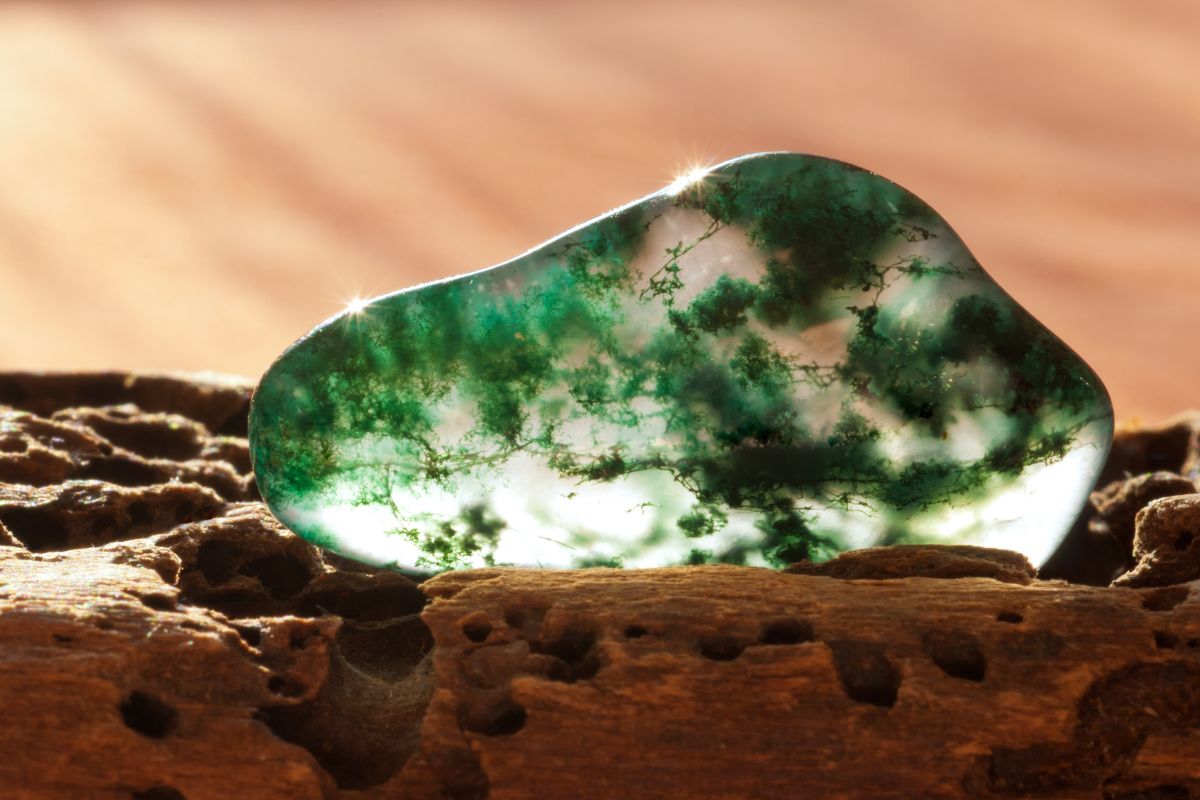Nothing quite competes with the calming and soothing effects of burning incense thanks to its relaxing and fresh aroma – it has the ability to instantly elevate your mood and pacify your soul.
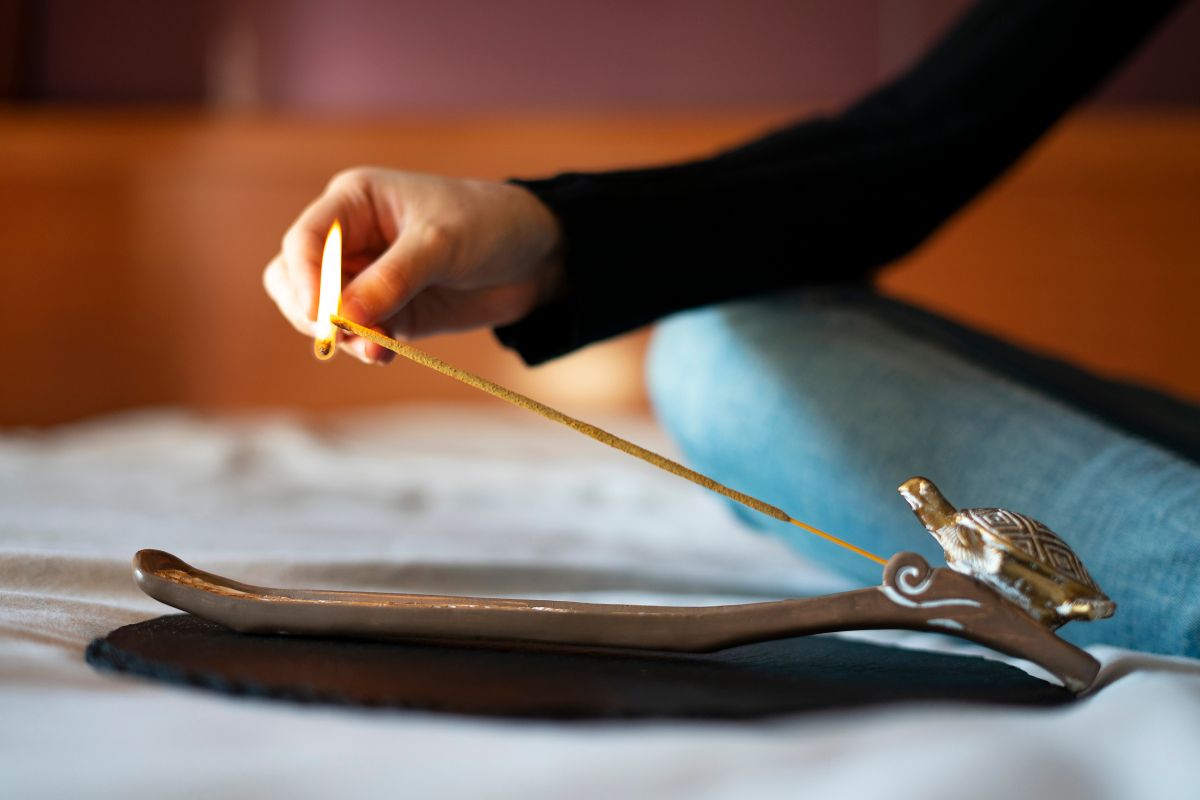
That said, you should always be careful when lighting incense, too. This is perhaps because an unattended incense stick can be a major fire hazard.
However, with a bit of care, burning your incense should be an effortless and easy process.
All you have to do is place your incense stick in its designated holder and light it using a match. To be effective, you’ll want to make sure the top of the stick has been properly lit and is burning.
To gain all the benefits of your incense stick and to create the best atmosphere, you’ll want to make sure you’re using it properly.
With this in mind, this guide will outline everything you need to know about how to light incense.
Let’s get started.
What Is An Incense?
Typically, incense is made from aromatic material that is held together using a combustible binding in a specific shape.
These aromatic compounds are typically plant-based and can be made up of bark, resin, flowers, roots, and seeds.
Different scents vary depending on locations and manufacturers. However, below, we have outlined some of the most common scents. These include:
- Frankincense.
- Cinnamon.
- Myrrh.
- Musk.
- Sandalwood.
- Patchouli.
Types Of Incense And Choosing The Right One
In addition to different scents, there are also different types of incense available, too. These include cones, powders, and sticks – each containing its own unique benefits and characteristics.
Powdered Incense
This type of incense is made from finely ground ingredients and is mainly used in spiritual or religious practices. Unlike other incense, these aren’t used for relaxation or meditation.
Typically, powdered incense is combined with a binder to create a paste that is then shaped into a cone or ball.
Cone Incense
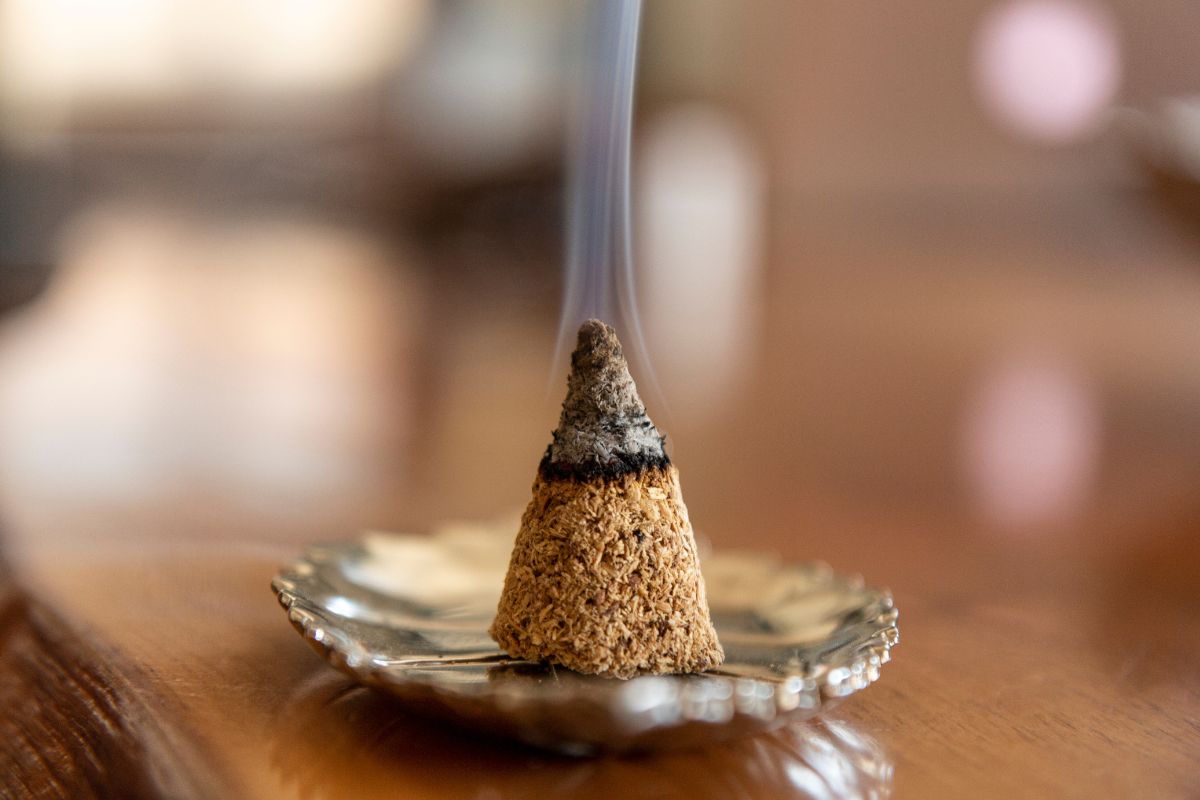
Similar to stick incense, cone incense is shaped in – you guessed it! – cones! Unlike sticks, these burn much more quickly.
That said, they are also available in various fragrances and are great for ceremonies and rituals. They are a more traditional form of incense, used in both spiritual and religious practices.
Stick Incense
The most common type of incense is the stick variety since these are generally the easiest to use. They are available in a wide variety of scents and can be used for yoga and meditation.
These are ideal for beginners since they are easy to light and last a long time.
Fragrances And Benefits
In addition to different types of incense, there is also a renege of different scents too, as previously mentioned.
Different fragrances bring different feelings and emotions. Therefore, it is important to get a fragrance that resonates with you. Some of these include vanilla, lavender, jasmine, and sandalwood.
Vanilla
Comforting and soothing effects are the result of vanilla incense – great for stress relief and relaxation.
Lavender
Known for its relaxing and calming effects, lavender is typically used to promote sleep, create a tranquil and peaceful environment, and reduce anxiety and stress.
Jasmine
One of the main effects of jasmine r is its aphrodisiac properties – typically used to promote feelings of sensuality and love. Plus, it is also said to evoke calming and soothing effects – making it popular as a stress reliever and for relaxation.
Sandalwood
This incense is known for its centering and grounding effects – ideal for those participating in yoga and meditation.
Plus, it has purifying and spiritual benefits, too.
How To Light Incense?
- When you’re ready to burn your incense stick, hold it by one end, and tip it slightly so that the end you’re lighting is facing upwards. Hence, make sure you’re holding the thinner side of the stick.
- Then, all you have to do is light up a match, and hold the coated end of the stick toward the flame – waiting until it catches fire.
- Once down, allow the flame to burn for only 10 or 15 seconds. Here, the flame should begin to taper out on its own. If it doesn’t you can simply blow it out. However, make sure you aren’t burning the stick for a long time and this will watch both your stick and incense.
- Now that your incense stick is light, all you have to do is place it in its designated incense holder. It can be secured further by placing the holder on a plate to help catch any falling ash.
Tips For Burning Incense
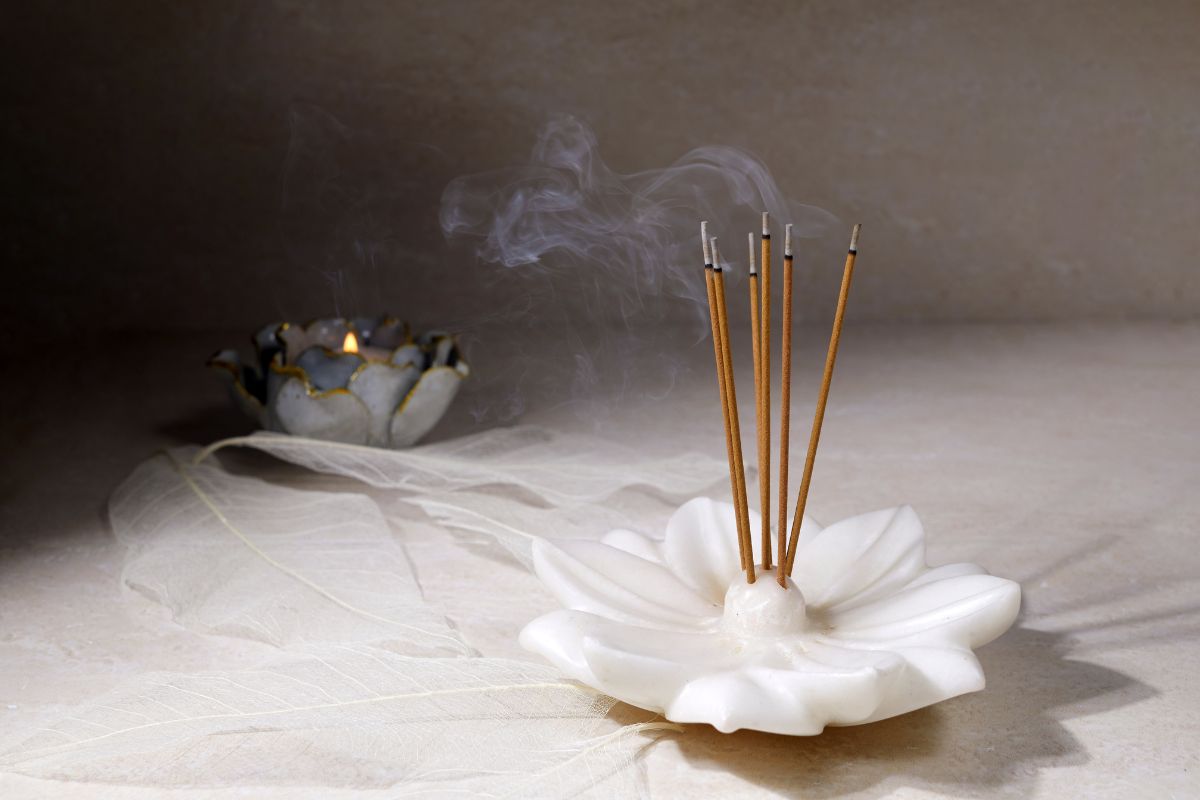
- Make sure to use an incense holder that is designated for your stick – ensuring it is flameproof and has enough space to catch any falling ash.
- It is recommended that you place your incense holder on a heat-resistant surface or an agarbatti burner. You should even use a ceramic tile or a trivet – this prevents any potential fire hazards.
- Make sure there are no flammable objects surrounding your burning incense, such as paper towels or curtains. While there may not be any fire, the ashes are still hot enough to burn and ignite certain flammable materials. Therefore, ensure you’re using an appropriate ash catcher.
- The ash can cause your furniture to discolor. Plus, it can become a fire hazard if your incense stick comes into contact with tables, fixtures, cabinets, and other furniture.
- Only burn your incense in a well-ventilated area. You want to avoid lighted incense inside a cupboard or a closed-off room.
Final Thoughts
Burning incense can be a great way to set a specific mood in the room or aid you in meditation or rituals. That said, you won’t gain these benefits unless you’re using your incense properly. One major tip is to avoid setting fire to your incense sticks.
Hopefully, this guide has informed you of everything you need to know about burning incense, as well as the different types and fragrances of incense.
- 15 Crystals That Cannot Be Exposed To The Sun - January 7, 2024
- Malachite Vs Fuchsite – Benefits And Uses - January 7, 2024
- Malachite Vs. Green Jasper: Benefits And Uses - January 7, 2024

